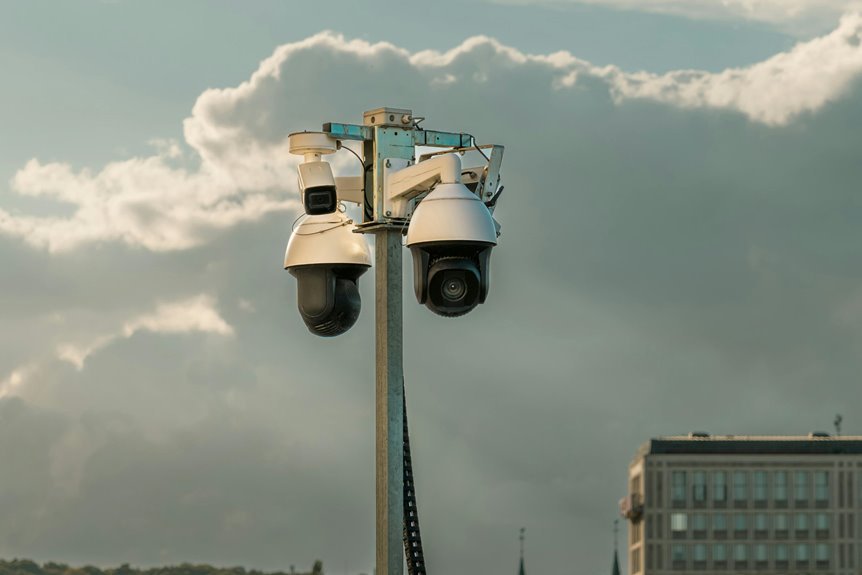Caller threat oversight is increasingly vital in a digital landscape where numbers such as 3509553065 and 3272063706 may signify potential dangers. These figures often correlate with common scamming tactics and harassment schemes. Effective identification systems are essential for recognizing these threats and mitigating their psychological impact on victims. Exploring the technological solutions available for blocking unwanted calls raises critical questions about personal safety and autonomy. What measures can truly empower individuals against these persistent risks?
Understanding Caller Threats and Their Impact
Although caller threats may appear as isolated incidents, they possess significant implications for individuals and organizations alike.
Effective caller identification systems are crucial in facilitating a comprehensive threat assessment. Organizations must analyze caller behavior patterns and motives to mitigate potential risks.
Understanding these threats fosters a proactive approach, empowering individuals and companies to safeguard their interests and maintain autonomy in an increasingly connected landscape.
Common Scamming Tactics Used by Fraudsters
Caller threats frequently serve as a precursor to various scamming tactics employed by fraudsters.
Among the prevalent methods are impersonation scams, where criminals pose as trusted figures to extract sensitive information, and prize scams, which falsely promise rewards to elicit personal data or payment.
These tactics exploit trust and urgency, undermining individual autonomy and security in the digital landscape.
The Psychological Effects of Harassment Calls
How do harassment calls impact an individual’s mental well-being?
These calls can induce significant emotional distress, leading to anxiety, depression, and hyper-vigilance.
The constant fear of further harassment disrupts daily life and relationships.
To mitigate these effects, individuals may adopt coping strategies such as mindfulness, seeking support, and establishing boundaries.
Recognizing the psychological toll is essential for effective recovery and resilience.
Utilizing Technology for Caller Threat Protection
The psychological impact of harassment calls necessitates the exploration of technological solutions for caller threat protection.
Caller identification systems enhance awareness by revealing the identity of incoming contacts, enabling individuals to discern potential threats.
Additionally, call blocking features provide an effective defense mechanism, allowing users to prevent unwanted communications.
Together, these technologies empower individuals to reclaim their autonomy and safeguard their mental well-being against harassment.
Conclusion
In an age where caller threats can manifest through various tactics, understanding their implications is paramount. The emotional toll of harassment calls can significantly affect individuals’ well-being. By leveraging technology for caller identification and blocking, individuals can safeguard themselves against these risks. However, as the landscape of scamming evolves, one must ponder: how effective can technological solutions be in an environment where fraudsters continually adapt their methods? The answer lies in a proactive and informed approach to caller threat oversight.





